
How to Care for Diabetic Feet: Daily Tips, Nail Care, Pain Relief, and Ulcer Treatment
December 29, 2025
Foot care is an essential part of diabetes management. High blood sugar levels can affect circulation, nerve function, and the body’s ability to heal, making the feet especially vulnerable to injury, infection, and ulcers. The good news is that many serious complications are preventable with consistent daily habits, proper nail care, and early treatment...
Read more
What Are Orthotics and Do You Really Need Them? A Complete Beginner’s Guide
December 17, 2025
Foot pain, arch fatigue, and alignment problems are more common than most people realize. Many patients try new shoes, stretches, or home remedies before discovering that the real issue may begin with how their feet are structured. Orthotics can be a simple, effective solution, but knowing where to start can feel overwhelming...
Read more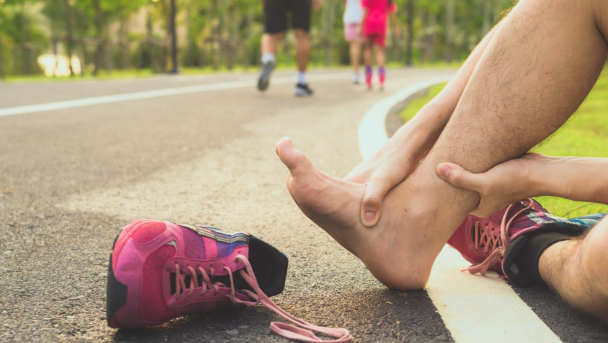
How to Prevent Sports Injuries and Recover the Right Way
December 9, 2025
Staying active is one of the best things you can do for your health, but it also increases the risk of injury, especially if you’re training hard or returning to exercise after a break. Whether you’re a weekend runner, a gym enthusiast, or someone who enjoys recreational sports, learning how to avoid sports injuries is essential for staying strong and confident in your routine...
Read more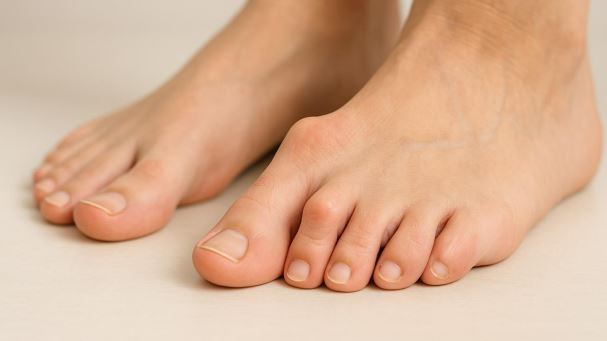
Hammertoes Explained: What Causes Them and How to Treat or Prevent Them
November 21, 2025
Hammertoes are a common foot problem that can become painful and limiting over time. Many people first notice a toe that doesn’t lie flat, feels stiff, or rubs uncomfortably inside shoes. Over time, that small bend can turn into a more noticeable deformity, making it difficult to walk comfortably, fit into shoes, or stay active...
Read more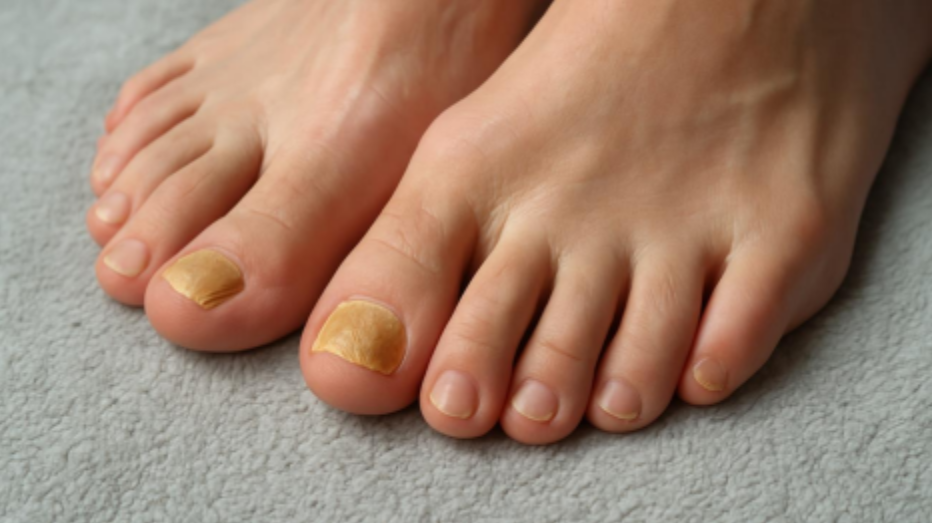
Toenail Fungus 101: What Causes It, How It Spreads, and Early Signs to Look For
November 20, 2025
Toenail fungus is far more common than many people realize. It often begins quietly, with a small change in color or texture that’s easy to overlook. Understanding what causes toenail fungus, how it spreads, and how to tell if you have toenail fungus can help you catch the infection early, long before it becomes uncomfortable or difficult to treat...
Read more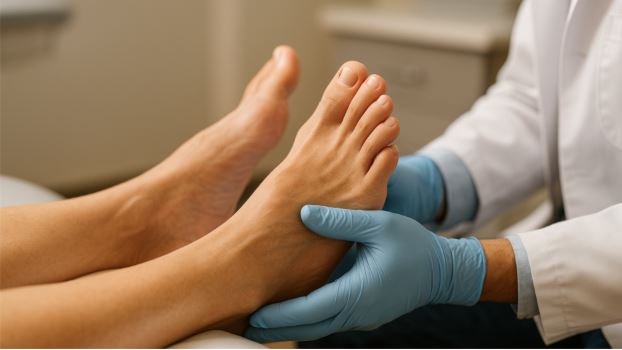
Diabetes and Your Feet
November 17, 2025
When most people think about diabetes, they focus on blood sugar levels, diet, or medications. But for many, the earliest clues appear somewhere unexpected: their feet. Tingling, swelling, cold feet, cracked heels, or new leg pain may seem harmless at first, but they can actually be the first signs of diabetes. Recognizing these symptoms early can prevent serious complications and help you protect...
Read more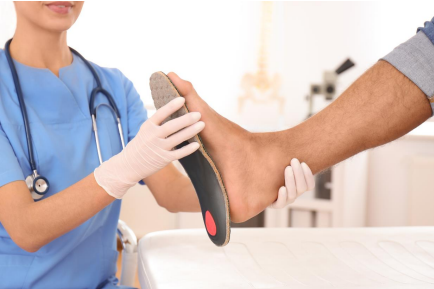
All About Orthotics
December 1, 2024
Custom orthotics are insoles that go in your shoes. They are designed to correctly align the position of your feet to optimize comfort and your health. As opposed to insoles you can get at the store, custom orthotics are molded and made to fit just your foot. This is beneficial because they are able to target your foot specifically and correct any misalignment...
Read more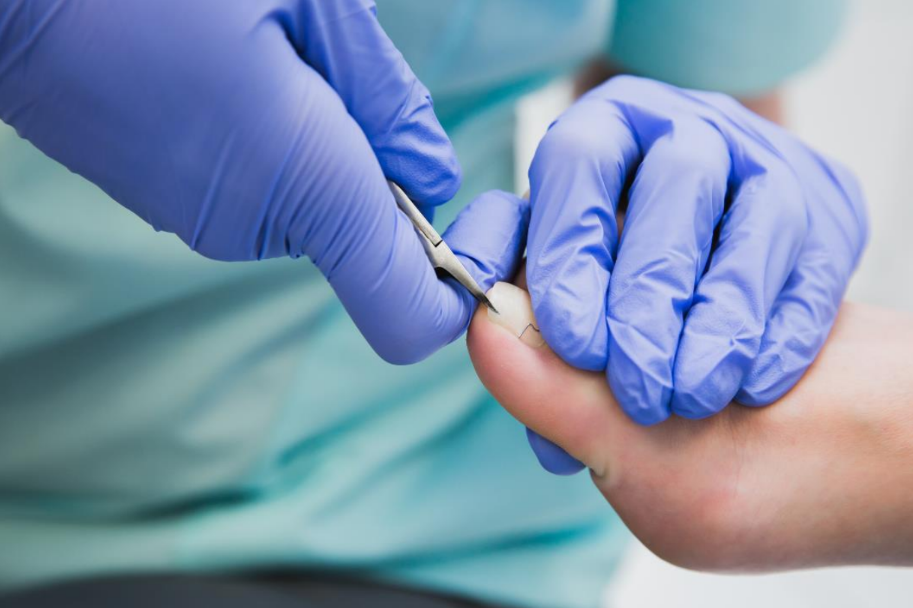
Understanding Ingrown Toenails
October 10, 2024
Ingrown toenails occur when the side or corner of your toenail grows into the flesh at the border of your nail bed. While they are most common on the big toe, they can occur on any toe. Ingrown toenails are very common. About 20% of all people in the United States will have one at some point in their lives. They can vary in terms of severity. Some will go away on their own and others will need to be treated by a specialist...
Read more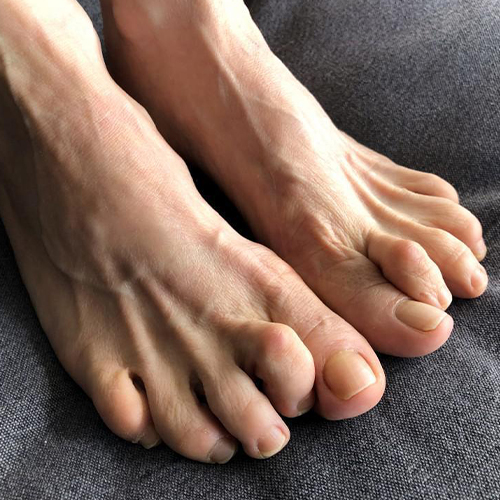
Understanding Hammertoes: What They Are and How to Treat Them
September 18, 2024
Hammertoes happen when a toe joint bends upwards. They typically begin as a minor deformity but can quickly get worse. You’ll know you have a hammertoe if you notice an unusual bend in the toe that is accompanied by discomfort and pain. You can also develop corns and calluses around the hammertoe. Hammertoes have several causes. One common cause is wrong fitting shoes. If a shoe is too tight or puts too much pressure on the toes, it can cause deformity...
Read more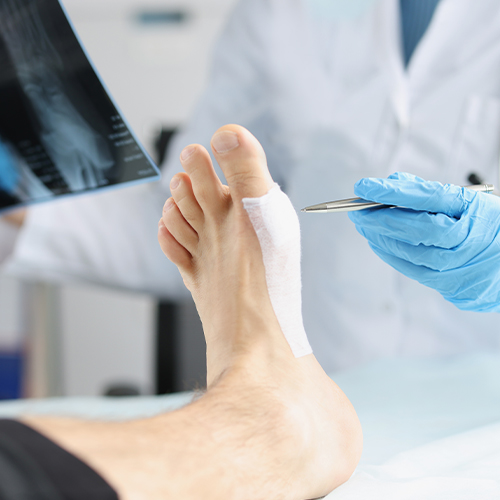
What is a Podiatrist?
August 28, 2024
Some people might not seek care from a podiatrist because they don’t even know what a podiatrist does. If that sounds like you, we’re here to help. You might have the letters DPM next to our providers' names on our website. DPM means Doctor of Podiatric Medicine. Podiatric medicine refers to treating and preventing foot and ankle problems. To become a podiatrist, people go through the process of getting a bachelor’s degree first. Following a bachelor's degree, they would move on to their DPM program, which is another 4 years. Once that is completed, they move onto a residency program...
Read more
Service Spotlight: Neurostimulator
August 20, 2024
There can be a lot of anxiety about seeing a foot doctor. There are a lot of unknowns that come with it. It’s our goal to ease anxiety about podiatrist visits by informing our patients of the treatment options so they know what to expect. A Neurostimulator is used for people with chronic pain. When people have exhausted all other efforts. A Neurostimulator is different than frequent injections or oral medications. It is a surgically placed device that disrupts the pain signals going from your body to your brain. There is a handheld programmer that can be used to change the strength of the stimulator...
Read more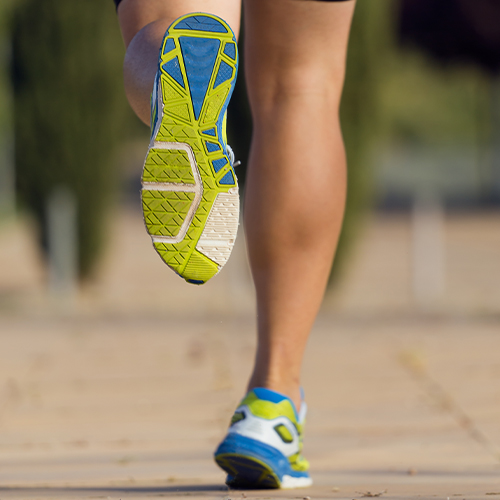
Foot Care Tips for Runners
July 15, 2024
With the weather warming up outside, running is a great way to get some fresh air, enjoy the sun, and get some exercise. Whether you’re an avid runner or a beginner, these tips will help you avoid injuries and have a more enjoyable experience. If you’re a beginner or starting a new training plan, it’s a good idea to speak with a foot specialist. They’ll give you the best tips on where to start and be able to answer any questions you might have...
Read more
How to Know if You Should See a Foot Doctor
July 8, 2024
What do you think of when you hear the word podiatrist? For many people, they just don’t know what a podiatrist does or what they treat. It’s common to think they just fix broken bones and sprained ankles. But they actually do so much more! Here are just a few reasons you would want to see a podiatrist. Toenail fungus is a very common problem that can be easily treated by a podiatrist! While they can be treated by over-the-counter medications, these take a couple months to a full year to properly heal. Here at Foot and Ankle, we can treat a toenail fungus much quicker...
Read more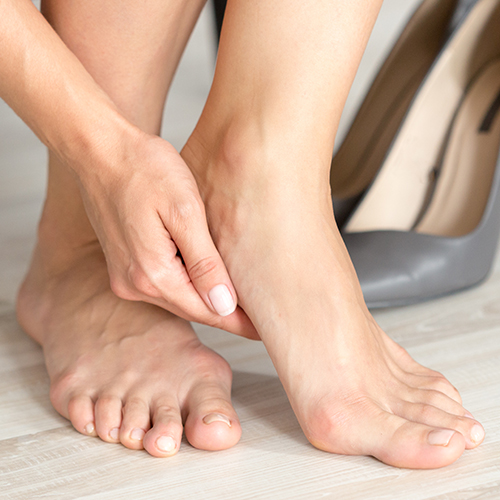
Understanding Plantar Fasciitis: What it is, Causes, and Treatments
June 17, 2024
People who suffer from plantar fasciitis will feel stiffness or sharp pain in their heels. It’s usually felt after long periods of rest, such as sleep, or long periods of standing. The sharp pain and stiffness can be present when someone starts walking after these long periods but usually goes away after walking for a few minutes. There are several things that can cause someone to develop plantar fasciitis. One cause is an abnormal foot structure. Someone with flat feet or high arches are more likely to have plantar fasciitis...
Read more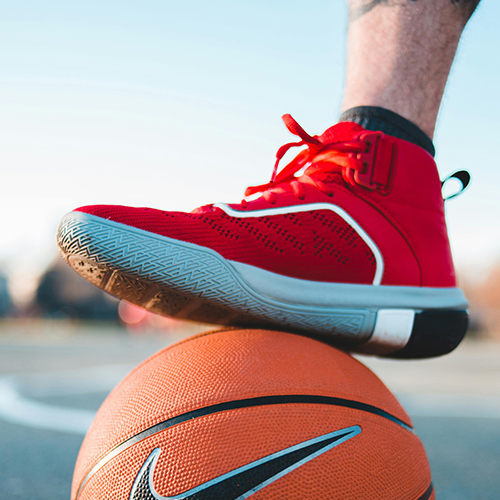
The Importance of Proper Footwear
June 10, 2024
What’s your reasoning for the shoes you choose in the morning? Is it a style choice? Maybe you have a go-to pair that you wear for everything. Or maybe you don’t put much thought into your shoes at all. It’s our hope that this article will influence you to be more mindful of the shoes you wear and how they aid in your health. Whether a shoe is too big, too small, or the wrong fit, it can lead to blisters and even calluses. The wrong pair of shoes will rub on your foot causing pain. It can be so uncomfortable but is easy to prevent with a good fitting pair of shoes...
Read more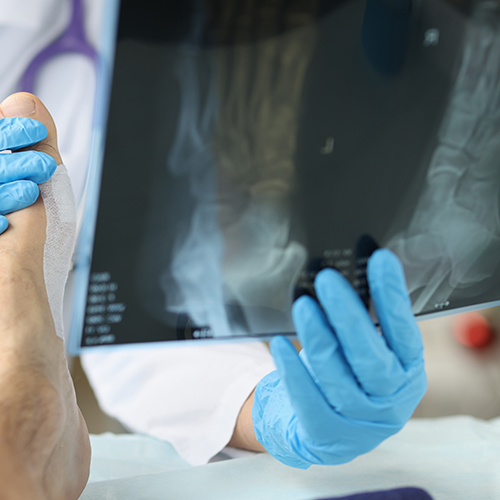
New Patient? Here’s What to Expect at Your First Visit
June 3, 2024
Any type of new doctor's appointment has the potential to make a person nervous. A person might not know what to expect or prepare for. If this sounds like you, don’t worry! We’ve got all the information for you to make your visit as seamless as possible. Before it’s time to see one of our doctors, there are a few things that need to be taken care of. Be sure to bring in copies of your insurance cards so they can be scanned into your chart. Next, you will need to fill out some new patient paperwork. Once these things are taken care of, it’s time to wait to be seen by one of our providers...
Read more
Foot Care Tips for Summer: 5 Things You Should be Doing
May 28, 2024
I’m sure you’re just as excited as we are for it to be warming up outside. As school ends and the days get longer, there is so much to go out and do. With all the fun activities, it’s important not to forget to care for our feet. Here are 5 things you should be doing this summer to keep your feet heathy. With so many outdoor summer activities coming up, it can be tempting to go barefoot. You might be at the pool, lake, playing in your backyard, or even at a park. In all those situations, it’s important to be wearing shoes. Keeping your shoes on lowers the risk of getting a cut on your foot or developing a fungus...
Read more
Signs to See a Podiatrist
May 15, 202
Lots of questions can arise when it comes to podiatry. It can be hard to know if a problem will go away on its own or it’s time to seek professional help. Here at Foot and Ankle, we have board-certified podiatrists and surgeons who are ready to answer all your questions and get you back to living a happy and active life. If you are experiencing any of these symptoms below, call us to schedule an appointment...
Read more